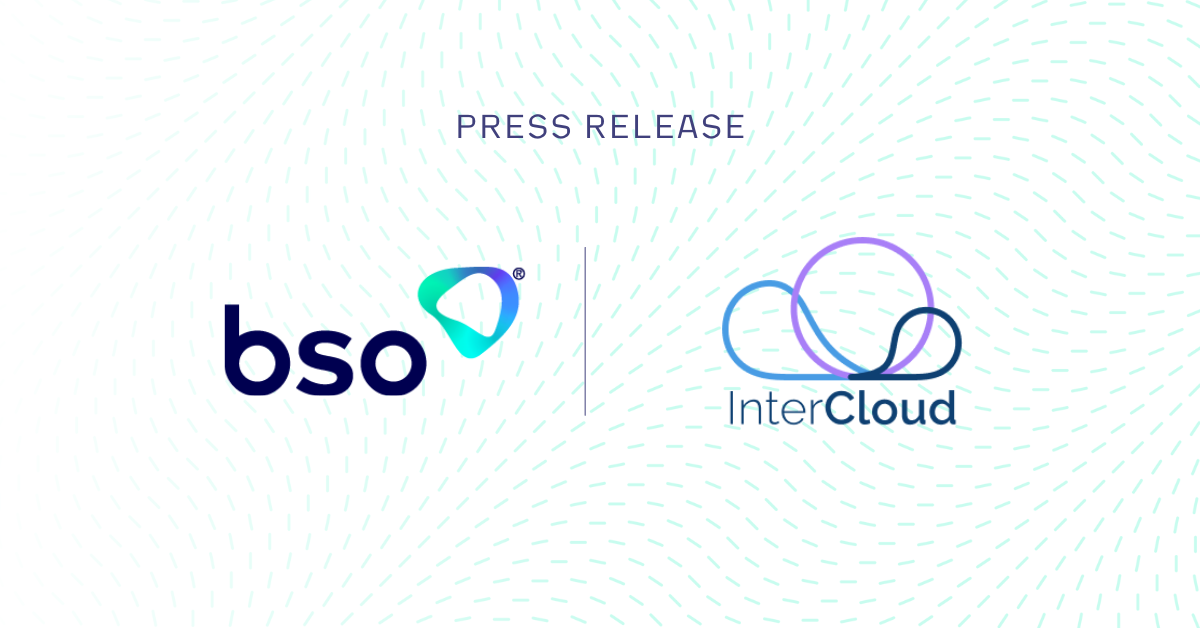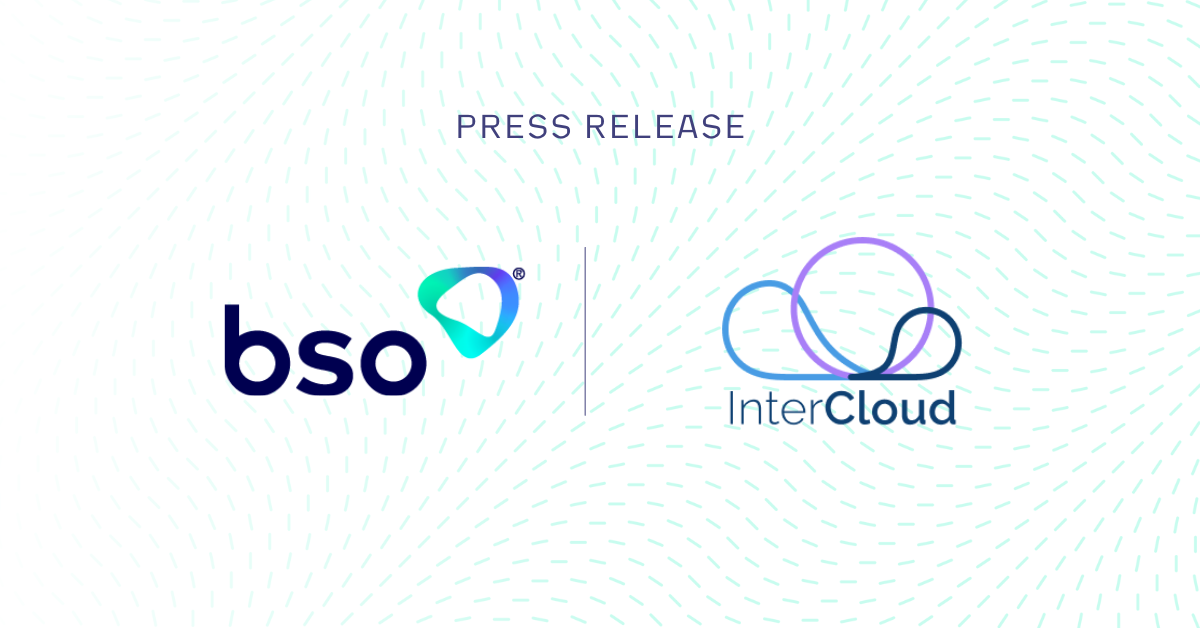Connecting in New Markets: Challenges and Solutions for Trade Expansion

As the trend towards global trading strategies gains momentum, more and more trading firms are starting to explore the trading solutions on offer in new markets. These emerging markets present ample opportunities for firms to expand their strategic reach and increase their competitive edge, with 56% of trading firms planning to connect to a new market within three years. However, factors like entry timeframes and cost structures are making accessing these markets difficult for firms.
Leveraging insights and takeaways from a recent report done in collaboration with Acuiti Management Intelligence, we explore the challenges and solutions for trading in new markets that firms are facing, and the role connectivity plays in expanding trading operations
|
Key takeaways:
|
The Drive to Explore and Connect with Emerging Trading
These emerging markets, including Asia and South America, have made great strides over the last decade to attract international trading operations by enhancing their technology and infrastructure to create new trading solutions. Working closely with connectivity vendors and providers, these markets have decreased barriers to entry, improved their accessibility considerably, and reduced the costs of connectivity associated with branching out into emerging markets.
Some of the key driving factors motivating firms to trade new markets include:
-
The desire to diversify their trading strategies
-
Unique opportunities new markets offer
-
Increased desire to broaden exposures
-
Increased competition in existing markets
Factors Affecting Entry Timeframe
Despite the advances made to improve their connectivity processes, connecting to new markets is still proving to be a largely onerous and time-consuming process for firms. The time it takes to access these new trading solutions, most firms report can take anywhere from 7 months to a year.
Worth noting is that certain trading firm types, such as hedge funds, have found implementing their strategies in new markets to be much quicker, thanks to prime brokerage relationships. On the other hand, proprietary trading firms and banks see the process lasting up to 18 months, if not longer.
Interestingly, over a third of trading firms have reported that average timeframes to connect to new markets have increased over the last three years. Even with improved means of connectivity, delays are still caused by factors such as:
-
Customs efficiencies of the target markets
-
Domestic tax regimes
-
Geopolitics
Navigating the Cost Structures of New Markets
Cost assessment is of course a central consideration for firms exploring new markets and is a key deciding factor when choosing to branch out or not. Again, even with the abundance of new trading solutions and enhanced connectivity in new markets, the cost structure of connecting to them remains high.
While different costs are considered significant for different types of trading firms, some of the main costs factored into cost assessments include:
-
Market data costs
-
Connectivity costs
-
Colo costs
-
Import duties/customs issues for equipment
Market data costs and connectivity costs were part of the top three considerations when connecting to a new market for both proprietary trading firms, hedge funds and bank execution desks. However, for firms that view latency as a key consideration when connecting to new markets, telco structures and tax and customs regimes were considerably higher cost priorities.
Exploring New Trading Frontiers: Where Firms Want to Trade
Top of the list of new markets on trading firms’ radars is Asia, with almost 80% of trading groups planning to trade new markets from the region, but the Americas, Middle East and Europe are also regions being more actively pursued by firms in search of new global trading solutions.
Asia
Taiwan is the most popular market for traders expanding into Asia, but South Korea, Hong Kong, Japan, Singapore and Thailand are also key areas of interest.
China, despite its well-publicised trading opportunities, is still considerably complex to navigate with ongoing concerns about getting money out of the country, but new laws set to come into play later this year are expected to accelerate international interest in trading Chinese markets.
India is another market seeing growing interest, but despite the innovations and promise of the region’s international financial services hub, Gift City, traders still seem more interested in connecting to onshore markets to access the opportunities available in India.
The Americas
Trading firms pursuing markets in the Americas are favouring Brazil and Mexico, though Chile, Columbia and Argentina are also seeing increased interest.
Firms branching out into this region, however, often run into complicated and expensive import regimes when bringing their equipment into the market. This is particularly the case in Brazil, where firms bringing in their own co-location infrastructure face significant import taxes and customs delays when doing so. However, local brokers and suppliers have well-developed offerings that trading firms can leverage to rent the equipment they need.
These specialised network providers have also developed and established low latency connectivity solutions that can improve existing routes into Brazil and thus mitigate the costs and delays associated with bringing in co-location infrastructure.
Middle East
At the top of the list of markets of interest in the Middle East is Saudi Arabia, reflecting the country’s successful efforts thus far in modernising its economy and increasing the appeal of its domestic financial markets.
Dubai has made similar efforts, which have benefitted from the UAE’s low tax regime and mid-point timezone between London and Singapore. In addition to Saudi Arabia and Dubai, Qatar is another Middle Eastern region also seeing increased interest from trading firms.
Europe
The most popular European region for trading firms currently is Turkey, while firms are also exploring trading solutions on offer in Poland. Austria and Bulgaria are also proving to be markets of interest for international trade groups.
The Low Latency Equation: What Traders Seek in a Fast-Paced World
Latency is a key consideration for many global trading firms, especially those whose strategies depend on them responding quickly to market movements. For certain firm types, especially top-tier proprietary trading firms, latency is a high priority due to their role in market-making activities across global exchanges, and this focus on latency seems to have increased over the last five years.
However, when entering new markets, being as fast as their nearest competitor is of a higher priority for firms than using the latest equipment. This attitude lends itself well to the use of local market providers for low latency connectivity solutions, even if in-house solutions are firms’ go-to in their own domestic markets.
Leveraging Third-Party Connectivity Providers for Low Latency Solutions for Trading
When asked what trading firms consider most important when selecting a third-party connectivity provider, latency and cost were cited as being the most crucial considerations, followed closely by availability and throughput.
Working with third-party providers present within the markets firms are moving into can help cut costs and timeframes of entry, as restrictions and delays associated with getting connectivity infrastructure into these new locations are mitigated. Furthermore, it can also help with maintenance requirements, as the provider should have experienced support staff with knowledge of both the market and the demands of their clients.
Navigating Crypto's Uncharted Waters: Entering the World of Digital Assets
Cryptocurrencies and digital assets are still seeing widespread adoption despite a tumultuous 2022, with 57% of trading firms that already trade cryptocurrencies looking to increase the number of crypto exchanges they trade on.
While this asset class differs considerably from other traditional markets, it does present several opportunities for trading firms and an array of trading solutions that can help TradFi (traditional finance) firms increase their competitive advantage.
Due to its rapid pace of change, connectivity in the digital asset market is very different, with cloud connectivity being the norm for most native crypto exchanges. This type of connectivity offers firms that are typically less concerned with being faster than competitors – like retail traders – an appealing opportunity to broaden their competitive and strategic horizons.
Cloud connectivity: The competitive connectivity solution
When commenting on the future of the crypto trading landscape, over a third of trading firms believe that, over the next three years, there will be an increase in market share for existing native markets that gain onshore regulation, suggesting that rapid connectivity solutions, like those made possible by cloud, will become more prevalent.
Additionally, when deciding on where to host their crypto trading algorithms, most firms seem relatively relaxed about using public clouds like AWS and GCP, while others show a keen preference for private clouds, reflecting the wariness many firms still have about relying on public, commonly used cloud services.
Summary
The global trading landscape is changing and expanding into new markets is a top priority for trading groups with global trading strategies, on the lookout for new trading solutions. However, the costs associated, especially when it comes to connectivity, and the timeframes involved, can make tapping into new markets difficult.
However, the solutions and expertise available through third-party connectivity providers can reduce these costs and time risks considerably. Given the importance of capitalising on market opportunities as quickly as possible, leveraging these providers, especially those with low latency connectivity solutions, is proving to be a beneficial strategy for trading firms branching out into new markets.
BSO’s infrastructure solutions for trading
BSO is the infrastructure and connectivity provider of choice for global businesses looking to harness new market opportunities. We’ve spent decades deploying mission-critical global infrastructure, and our team of engineering experts understand the importance of meeting market-specific demands.
With a heritage of serving the world’s largest financial institutions, we know the unique needs of the financial services industry. We support trading firms with low latency connectivity solutions reaching 33 countries and provide seamless connectivity to all major trading venues across Europe, Asia-Pacific, the Middle East and the Americas.
Discover how BSO’s solutions can help you establish or improve your trading infrastructure, ultimately enhancing your global expansion capabilities and goals. Alternatively, reach out to us to learn more.
ABOUT BSO
The company was founded in 2004 and serves the world’s largest financial institutions. BSO is a global pioneering infrastructure and connectivity provider, helping over 600 data-intensive businesses across diverse markets, including financial services, technology, energy, e-commerce, media and others. BSO owns and provides mission-critical infrastructure, including network connectivity, cloud solutions, managed services and hosting, that are specific and dedicated to each customer served.
The company’s network comprises 240+ PoPs across 33 markets, 50+ cloud on-ramps, is integrated with all major public cloud providers and connects to 75+ on-net internet exchanges and 30+ stock exchanges. The team of experts works closely with customers in order to create solutions that meet the detailed and specific needs of their business, providing the latency, resilience and security they need regardless of location.
BSO is headquartered in Ireland, and has 11 offices across the globe, including London, New York, Paris, Dubai, Hong Kong and Singapore. Access our website and find out more information: www.bso.co
SALES ENQUIRY
Get in touch now. Find out how we can transform your business_
You might be interested in_
THE BSO DIFFERENCE
The industries we work across_





/Revolutionising-Connectivity%20BSOs-Tailored-Cloud-Solution-for-CryptoStruct-GmbH.png?width=1050&height=550&name=Revolutionising-Connectivity%20BSOs-Tailored-Cloud-Solution-for-CryptoStruct-GmbH.png)
/6%20Cloud%20Best%20Practices%20for%20Financial%20Technology%20Companies.jpg?width=1200&height=600&name=6%20Cloud%20Best%20Practices%20for%20Financial%20Technology%20Companies.jpg)











